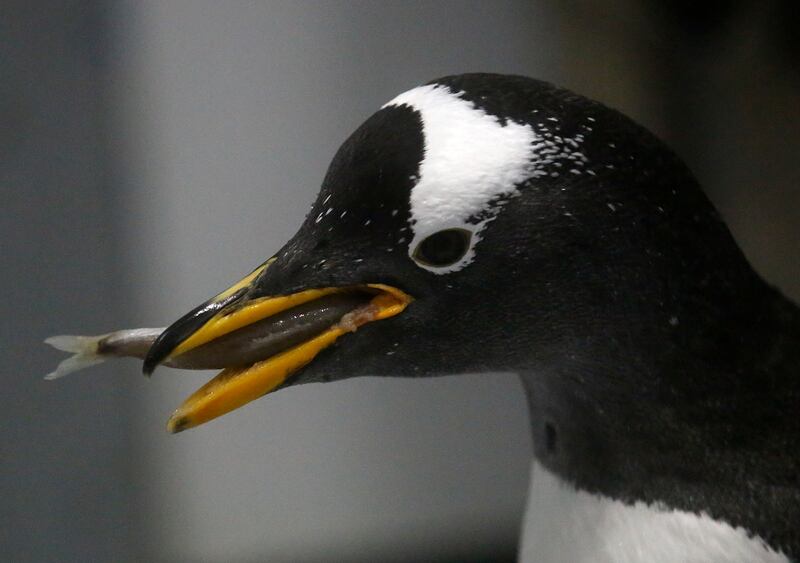It sounds like a subplot in Disney’s “Frozen,” but this is real life.
A biologist in Antarctica just announced a truly rare finding: mummified penguins that are (at least) 800 years old.
“In all the years I have been doing this research in Antarctica, I’ve never seen a site quite like this,” said the biologist, Steven Emslie, in a statement.
The announcement is a long time coming. Emslie first discovered the remains in 2016. His findings were published last month in the journal Geology.
The remains included some baby Adélie penguins, feathers still intact — “consistent with what one might expect from carcasses found at the sites of modern colonies,” Gizmodo reported. But these penguins weren’t modern.
Working off the Ross Sea in Antarctica, Emslie found the penguin remains at Cape Irizar. Though these dead penguins looked relatively fresh, to Emslie that seemed impossible: The spot was first explored by British explorer Robert Falcon Scott more than 100 years ago, and no active penguin colonies had ever been discovered there.
“Since Robert Falcon Scott and Ernest Shackleton had explored the area over a hundred years ago and hadn’t written about any penguins at this particular site, I didn’t expect to see much since they always wrote about penguins when they saw them,” Emslie told the New York Times.
The remains were radiocarbon dated, which revealed these penguins came from three time periods, the oldest dating back approximately 5,000 years and the youngest somewhere around 800 years, the new paper reported.
Why are these ancient penguins being discovered only now? Emslie attributes this to climate change. His paper observes that the Ross Sea’s annual temperature has increased 2.7 to 3.6 degrees Fahrenheit (1.5 to 2 degrees Celsius) since the 1980s. Satellite photos since 2013 reveal increasing snow and ice melt across the region. As the ice and snow melts, ancient nesting sites like this one become accessible.
To see photos of these mummified penguins, visit Gizmodo.


